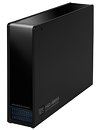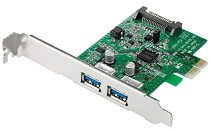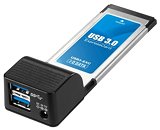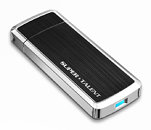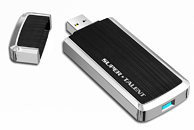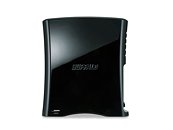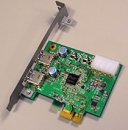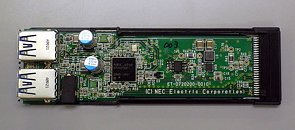I-O Data Releases USB 3.0 HDDs, Addon Cards
I-O Data released a trio of products circled around the new USB 3.0 SuperSpeed standard. The first being the HDJ-UT external hard drive that supports USB 3.0, and then expansion cards that provide USB 3.0 support to PCs, desktops and notebooks alike: the USB3-PEX PCI-Express x1 two port low-profile addon card, and USB3-EXC ExpressCard 34 card. The HDJ-UT comes in capacities of 1 TB and 1.5 TB, and is backwards compatible with USB 2.0 systems. When connected using USB 3.0, it offers read speeds of up to 139 MB/s. The HDJ-UT external HDD is priced at US $231 (1 TB) and $279 (1.5 TB), while the USB3-PEX and USB3-EXC are priced at $69 and $93, respectively.
